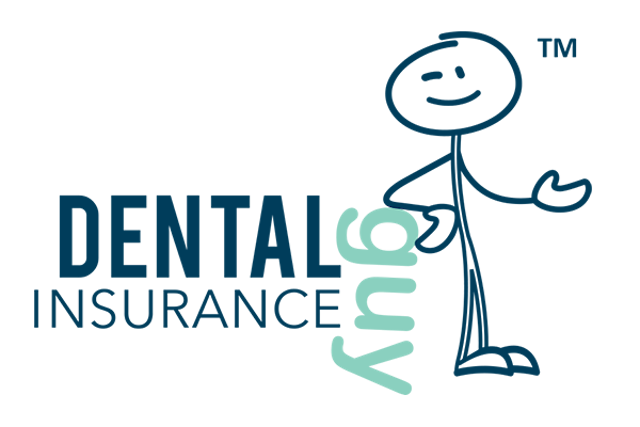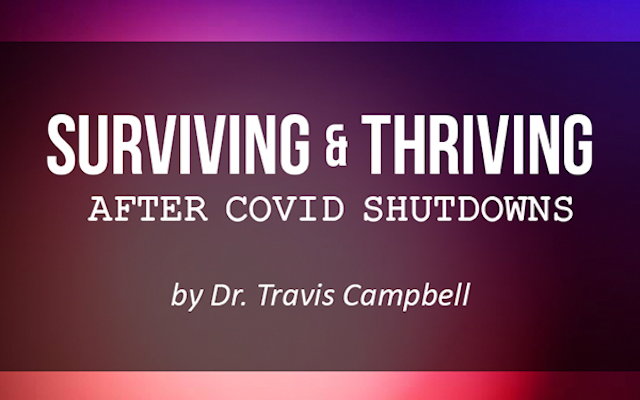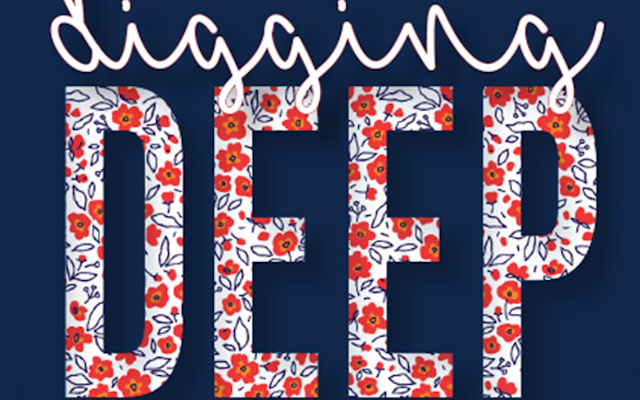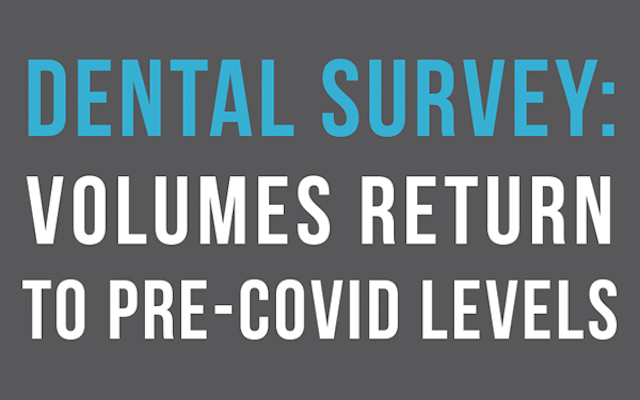Who thought 2020 would be the year almost all dental practices in America would have to close for an entire quarter? Most are reopening now, but with new equipment, new routines, and new schedules.
We're ready to get back to work, but what about our patients? How can we persuade them we're ready to serve them safely? Is there a way to effectively market our practices in this brave new world of dentistry post COVID-19 closures?
As you reopen, it’s important to understand your patients are not a monolithic group. Some will call as soon as your office reopens, desperate to schedule appointments. Others will be more worried and may not return for months. These two groups have different concerns about your practice and will need completely different marketing approaches.
The First Wave: Early Adopters
The early adopters called for appointments as soon as they heard you were reopening. They've been stuck inside for three months and are eager to go out and see people, even if it's for a cleaning or a crown. These patients have a high tolerance for risk and aren’t that concerned about the novel coronavirus.
They assume you wouldn't open your practice unless it was safe, and they don't really care about your new precautions. They’ll forget to text when they arrive, will stroll in without masks, and will only stand two feet away as they catch up with a friend they bumped into outside your office. They're also a bit impulsive about their dental care. They want to get into the office right away, but if they need follow-up visits, they might forget to schedule until they're in pain.
Once you get this group of patients in the chair, try to do as much work as you can during the visit. Because these patients are risk tolerant, they often delay necessary dental care. They expect to need a lot of work and are happy when they can get multiple issues taken care of in a single visit.
How to Market to the First Wave
Because this group doesn't care about safety precautions, marketing should focus on their No.1 concern: Getting in as soon as possible. In the practice where I work, we're finding we have about eight to 12 weeks of early adopters. Ever since we reopened, we’ve been slammed with patients, and we're finding if we leave room for emergency appointments, those get filled too.
There are a few approaches you can take to reach these patients:
Immediacy. Many people in this group have crowns, pain, or chipped teeth they want dealt with as soon as possible. Messages like “Same and Next Day Appointments Available” will attract their attention, drawing in not just your own patients, but also people without a regular dentist who need immediate care—and who are looking for an excuse to leave the house.
Convenience. Appeal to this group’s dislike of repeat appointments by listing the same day services you can provide. Most patients don’t have a clear idea of how much you can get done in one visit. Educate them! They’ll choose the office that can offer the most help in a single visit.
Scarcity. Scarcity, one of Dr. Robert Cialdini's 6 Principles of Persuasion, tells us that when supply is limited, people are more likely to say "Yes!" For this group, highlight that available appointment slots are filling up quickly and wait times are increasing.
Liking. This is another Cialdini Principle. Many of your early adopters are fairly extroverted and have been suffering loneliness under the lockdowns—after all, they’re so desperate for social contact they’re booking dental appointments. Include pictures of your team on communications and social media posts. Highlight the fact you’re all friendly and waiting to welcome them.
The Second Wave: The Risk Averse
Risk-tolerant patients can fill your schedule for two to four months. However, they represent pent-up demand from the shut-down period. Once you’ve treated the first wave of patients, it will be a while before you see any of them again. While you’re marketing to this group you also need to start a campaign targeted at the second wave of returning patients: the risk averse. Patients in this wave are cautious. In the past, they were the patients who had good insurance, bought into your practice’s dental membership plan, scheduled check-ups like clockwork, and called as soon as anything felt off. Now, they're the patients who are avoiding your practice like the plague—which they're also avoiding.
Many of these patients have health issues that put them at greater risk from COVID-19 or are caring for family members with severe health problems. They obeyed all the shutdown rules and often developed personal routines that went well beyond the recommended minimums. They've been using grocery pick-up, watching church on TV, carefully keeping six feet away from everyone, and wearing masks.
While the first wave didn't care about how your practice has changed, the second wave won't return unless they're convinced your practice is safe. They'd rather wait indefinitely for an appointment than risk what they see as probable infection and death. They'll need a lot of persuasion and reassurance to return to your practice, even though they were your bread and butter before. In fact, we've found it takes about a month of carefully targeted marketing to move these patients from “afraid to return” to “making an appointment.”
How to Market to the Second Wave
To make the risk-averse members of the second wave feel safe, create marketing materials that emphasize the changes you’ve made in response to COVID-19. Focus on:
Safety and Security. List all the equipment purchases and procedural changes you’ve made in every communication to both existing and potential new patients. Send emails to existing patients that outline these changes, post about what you’re doing on your social media platforms and create a section on your website that describes the precautions you’re taking. To attract new patients, be sure to feature this information in your advertisements.
Include pictures whenever you can. This might be team members in their new PPE, pictures of the air filters, or a shot of how you’ve changed the reception desk. Emphasize that you’re following the latest research on the novel coronavirus to keep patients safe.
Scarcity. Remind these patients you have a backlog of appointments and waiting too long to book that visit could result in waiting months to see the doctor. Point out that their insurance or dental savings plans are “use it or lose it.” If they don't get care this calendar year, they've wasted benefits.
Social Proof. Social proof is another one of Cialdini's principles. People make choices they see other people making. To use this, highlight people who've come back into the office. As your risk-averse patients see other members of the community receiving treatment and not falling ill, they'll feel more comfortable getting back into the chair.
Free “Gift.” Everyone loves a gift. One thing the practice I'm associated with has done to stand out is absorb the cost of additional PPE. Because we're fee for service, we have room in the budget. While some patients are willing to pay a fee for the enhanced PPE, others feel offended by the extra expense. We can advertise we have no fee for increased PPE, attracting risk-averse patients who appreciate the “gift” of enhanced protection.
Marketing to Wave One and Two Long-Term
While risk-based marketing is especially important as we get back to work after the lockdowns, you also can use these approaches long-term as you grow your practice.
Think about your community. What do risk-averse people want from their dentist? What do risk-tolerant people need? How can you build your marketing campaigns, and your practice, to appeal to both groups and to get them to say yes to necessary treatment? With work, you can take the lessons you've learned in the wake of COVID-19 and use them to build a better practice in the future.
 By: Dr. Christopher Phelps
By: Dr. Christopher Phelps




